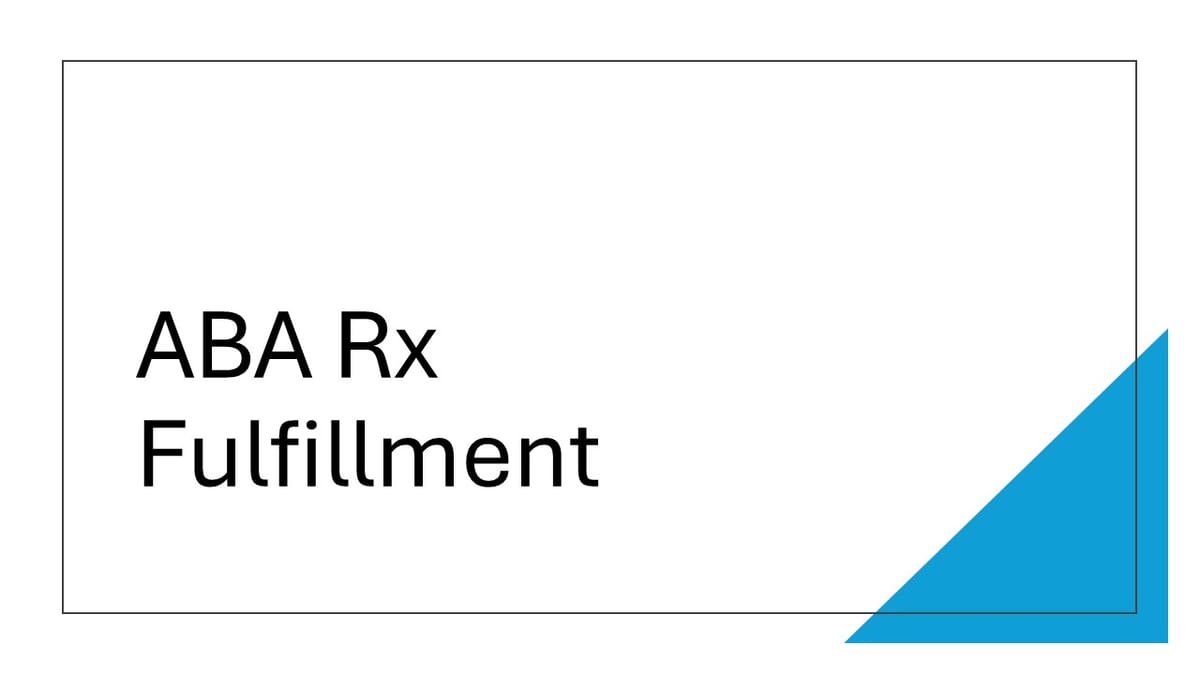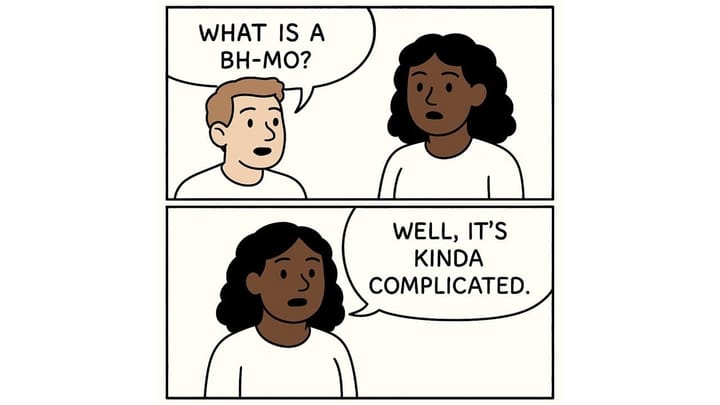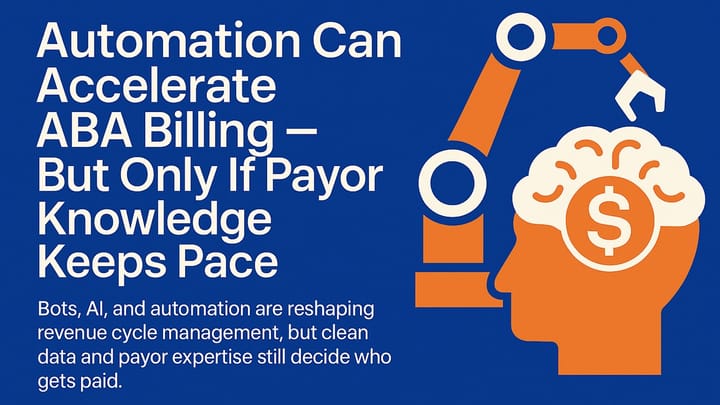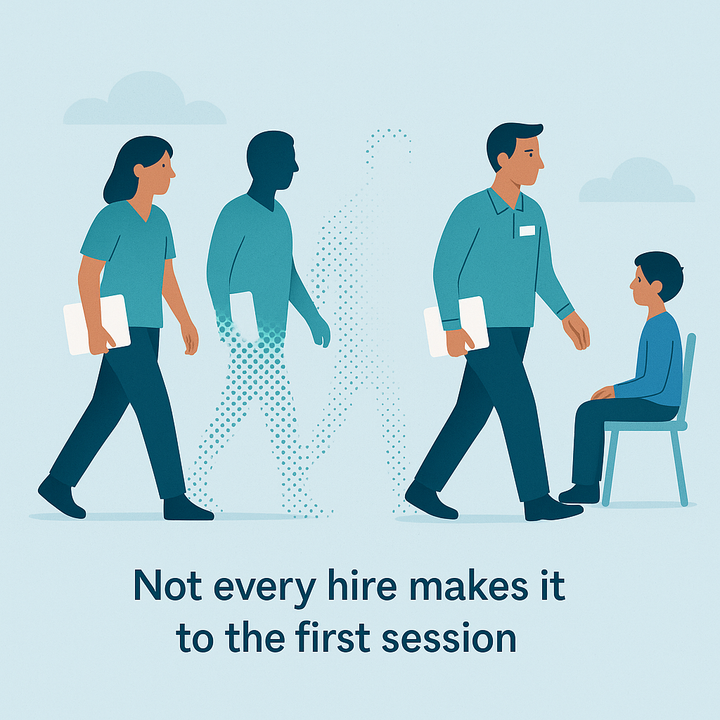The Hours Are Approved. So Why Aren’t They Delivered?

In ABA, the prescription is therapy time—authorized hours of care that a child needs to make progress.
When those hours go undelivered, it’s not just a billing issue.
It’s not just an ops issue.
It’s a clinical failure.
A child who could be gaining communication skills, reducing unsafe behaviors, or finally making friends… isn’t.
Not because the care wasn’t approved. But because it wasn’t delivered.
What’s Getting in the Way?
Even high-performing providers often fall short of delivering the full authorized amount of care. Common breakdowns include:
- Parent cancellations due to work, illness, transportation, or burnout
- Therapist call-outs and turnover with no backup staffing
- Inefficient scheduling that underbooks or mismatches staff/client availability
- Authorization complexity, like setting- or time-based constraints that aren't flagged in real time
- Lack of accountability—no one owning fulfillment as a metric
And this isn’t rare. It’s pervasive.
What It Costs Kids (and Providers)
When hours go undelivered:
- Kids don’t make the progress they’re capable of
- Families lose trust in the care model
- Clinical teams struggle to justify renewals
- And organizations leave revenue—and outcomes—on the table
So What’s the Solution?
Delivering more of the care that’s already been approved doesn’t require a new system—but it does require that you use your existing systems better.
Here’s how:
1. Start Measuring It
Every practice management (PM) platform tracks scheduled and delivered hours. But most don’t make it easy to monitor fulfillment (delivered vs. authorized) at a client or regional level.
✅ Pull this data out weekly.
✅ Calculate fulfillment % by client and caseload.
✅ Set targets and thresholds for action.
2. Flag Risks in Real Time
Your PM platform likely has cancellation codes, therapist availability data, and scheduling rules.
✅ Use them.
✅ Flag clients with frequent cancellations or sessions not yet scheduled.
✅ Track therapist gaps, call-outs, and unassigned hours early—not after the week has passed.
3. Assign Ownership
Make one person responsible for prescription fulfillment in each region or clinic. Their job is to:
- Monitor at-risk clients
- Coordinate makeups
- Adjust staffing plans
- Escalate frequent issues
When it’s someone’s job, it becomes a priority.
4. Rebuild Scheduling Around Fulfillment, Not Convenience
Most ABA schedules are built around staff or family preferences. But if your goal is full prescription delivery, your scheduling strategy needs to reflect that.
✅ Build schedules that align with full-hour targets
✅ Factor in cancellations and staff gaps
✅ Offer telehealth or alternative delivery options where appropriate
5. Close the Loop with Families
Not all parents realize the importance of session consistency. And not all cancellations are unavoidable.
✅ Use your PM system’s communication tools to educate, remind, and re-engage
✅ Track cancellation reasons to identify fixable trends
✅ Offer support—transport, reminders, telehealth—when needed
This Is Fixable
Prescription fulfillment is not just a data problem. It’s a care delivery problem.
But when you start tracking the right metrics, assigning real ownership, and using your platform to surface risks—not just document them—you get better.
More kids get the care they need.
More parents see results.
More staff feel like their work matters.
And more hours get delivered—not just approved.



